Tech

Educators and Parents, Sign Up for The Cheat Sheet
Weekly updates to help you use Science News Explores in the learning environment
Thank you for signing up!
There was a problem signing you up.
-
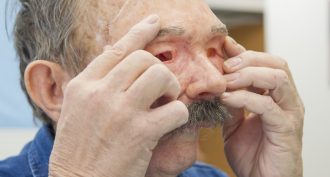 Health & Medicine
Health & MedicineWhen a part makes you whole
New technologies allow medical experts to create remarkably detailed artificial faces. They can help restore the appearance — and the confidence and self-esteem — of patients who have suffered a disfiguring injury or disease.
By Sid Perkins -
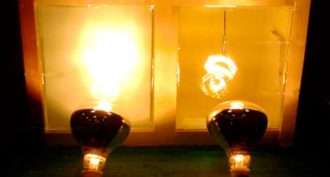 Materials Science
Materials Science‘Smart’ windows could save energy
Tiny chemical droplets in a liquid sandwiched between panes of glass turn cloudy when they warm up. This will block some sunlight and potentially save on air conditioning bills.
By Sid Perkins -
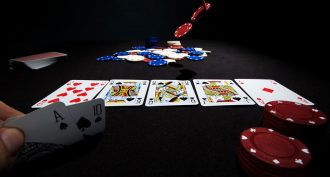 Computing
ComputingDon’t hold ’em – just fold ’em
Scientists have designed a problem-solving process that allows a computer to win at a kind of poker. It gives a computer enough knowledge to win against any opponent — eventually.
-
 Computing
ComputingVirtual wounds: Computers probe healing
To better understand how the body heals wounds, scientists have begun creating computer programs that let virtual cells fight it out. These ‘computer games’ could lead to better medicines.
-
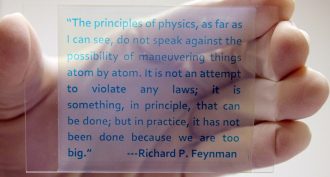 Tech
TechRewritable paper: Prints with light, not ink
Rewritable paper could save money, preserve forests and cut down on waste — and all without using any ink.
-
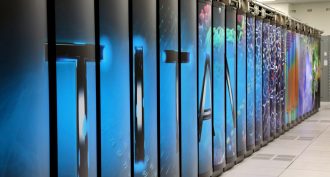 Computing
ComputingExplainer: What is a computer model?
Computer models use data, math and computer instructions to predict events in the real world.
-
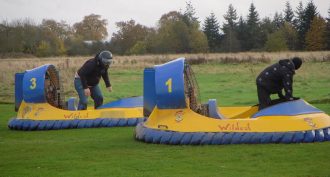 Tech
TechMake your own mini hovercraft
Hovercraft aren’t just the cars of the future. You can make your own with just a few household items.
-
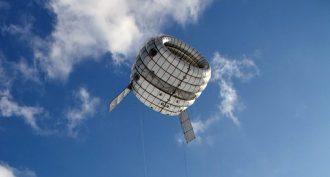 Tech
TechWind power is looking up — to the clouds
Placing wind turbines high in the sky could let them harvest power from the faster, more reliable winds found at altitude.
By Sid Perkins -
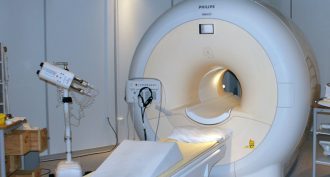 Physics
PhysicsDetecting a single proton
Doctors typically use magnetic-resonance imaging, or MRI, to see tissues and organs inside the body. Physicists can harness a similar technology. And they did that to spotlight something even smaller — a single proton. But followup analyses, reported in January 2015, forced a retraction of their original claim.
-
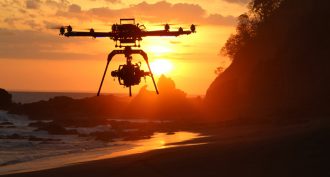 Tech
TechDrones put spying eyes in the sky
From keeping tabs on changing landscapes to protecting animals from poachers, scientists are using drones to push their fields forward.
-
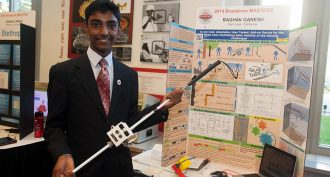 Tech
TechA cane that can ‘see’
Pre-teen’s invention clips onto a blind person’s cane and detects objects in a person’s path, helping them to avoid trip hazards.
By Sid Perkins -
 Physics
PhysicsHow science saved the Eiffel Tower
The Eiffel Tower was an engineering masterpiece. But Parisians initially thought it too ugly to let stand for more than 20 years. So Eiffel made the tower a bastion of science. And that would soon ensure that the structure was too valuable to tear down.
By Ron Cowen